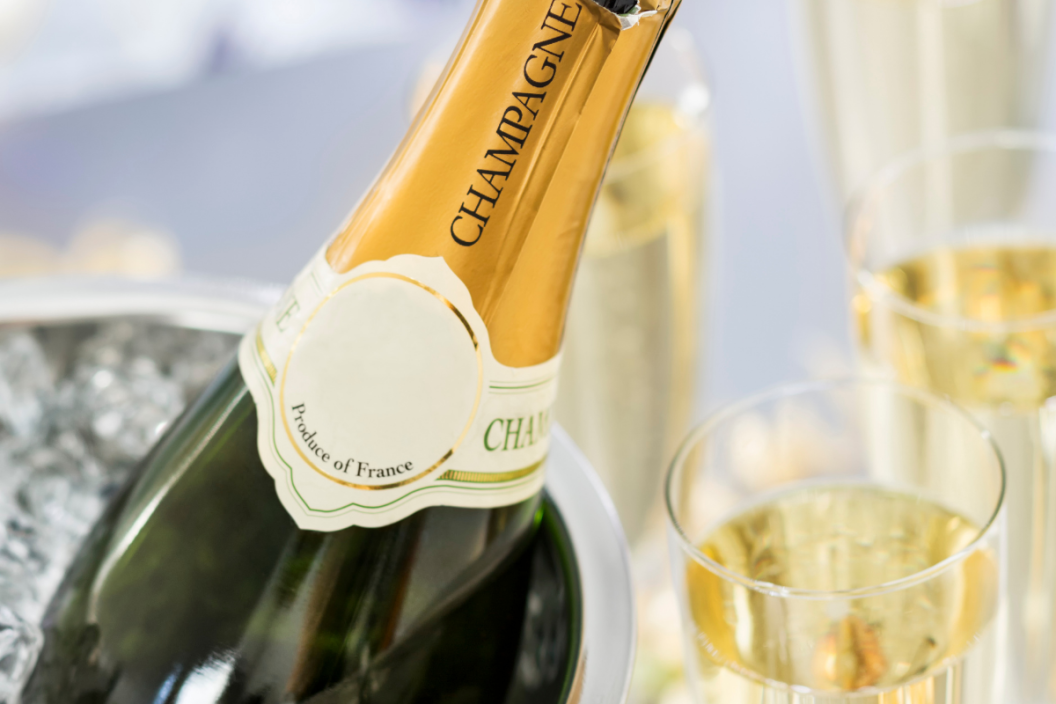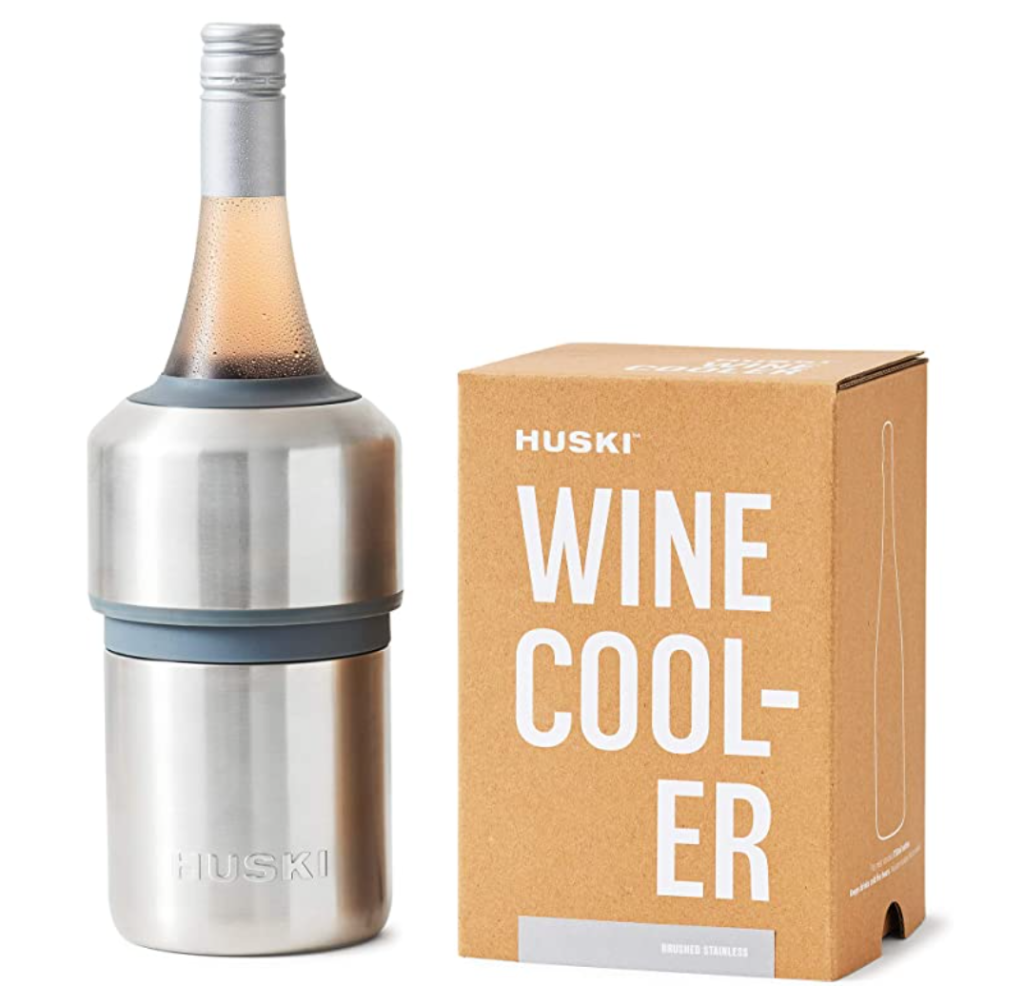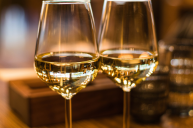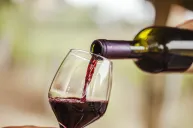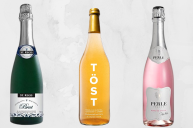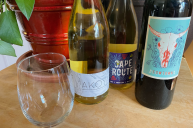What should you expect when you hear the pop! of a bottle of brut champagne? Most likely a trip to the dry cleaners. Just kidding. What does brut mean anyway? Brut refers to the sugar level of everyone's favorite sparkling wine, French Champagne.
Videos by Wide Open Country
Brut is a style of champagne that has less than 12 grams of sugar per liter. Having a low level of residual sugar gives us that drying taste on the tongue. This fizz is perfect for those looking for alcohol with lower sugar content, as the bottling process results in an extra sec dry champagne, even if you're going for cuvée brut champagne. Champagne has bright acidity along with those tiny bubbles. It can have a crisp fruity taste of apples and pears, a tingly minerality, or a rich nutty bready flavor. Sometimes you get all three in layers of deliciousness, but back to the sugar levels.
When it comes to choosing the style of bubbly you want, you need to know the terms for the range of sweet to dry. Here are the terms and their grams of sugar per liter listed from sweetest to bone dry.
Doux = more than 50 grams
Demi-sec = 32-50 grams
Sec = 17-32 grams
Extra dry = 12-17 grams
Brut = less than 12 grams
Extra brut = 0-6 grams
Brut nature/Zero dosage = less than 3 grams
Take note of that ridiculously confusing terminology of extra dry champagne. Extra dry actually means slightly sweet. Brut is the third 'driest' category of Champagne and the most popular style you'll see on the shelf in the sparkling wine section of the liquor store. You'll also see other styles of sparkling wine like Italian Prosecco and Spanish Cava. Both also use the term brut to tell you their level of sweetness.
For it to say champagne on that champagne bottle, it must be produced in the Champagne region of France.
Fun Fact! In 2005, Korbel in California was grandfathered in through a legal loophole to a labeling law change. Korbel is the only sparkling wine you will see outside of the Champagne region that says champagne on the label.
The grape varietals used in your New Year's champagne are pinot noir, chardonnay, or pinot Meunier. Some other terms you'll see on that champagne bottle are Blanc de blancs which means it's 100% Chardonnay or white wine grapes. You may see blanc de noirs meaning only pinot noir or red wine grapes were used.
Champagne isn't made in a sweet style, but the sweetness comes from the 'dosage' or dose of sugar added to the dry wine before the bottle is corked after the final fermentation in bottle.
Brut Champagne Food Pairings
Don't just save your champagne for toasts and special occasions. Champagne is underrated and underused as a food wine. Brut champagne is especially food-friendly with salty food and snacks or super rich meals like cream sauce and buttery macaroni and cheese.
Put down the champagne flutes and use a regular white wine glass for your champagne. The flute design helps keep the bubbles alive longer because of less air hits the surface of the wine, but a wider mouthed glass will open up the flavors and aromas better. Besides, you'll have that glass emptied before the bubbles die anyway.
There are shelves and shelves of brut champagnes to choose from. The major champagne houses developed a house style so you can get the same flavor year after year. These are known as non-vintage champagnes where different harvests are blended to get the cellar master's desired style.
Go ahead and splurge on one of these classic examples of Brut Champagne. You can thank me later. I highly recommend Netflix and a bag of kettle cooked potato chips as the pairing with any of these from the list.
- Piper-Heidsieck
- Laurent-Perrier
- Veuve Clicquot
- Taittinger
- Mumm
- Perrier-Jouët
- Moet & Chandon
- Krug
- Dom Perignon
- Pol Roger
Products featured on Wide Open Eats are independently selected by our editors. However, when you buy something through our links, we may earn a commission.
